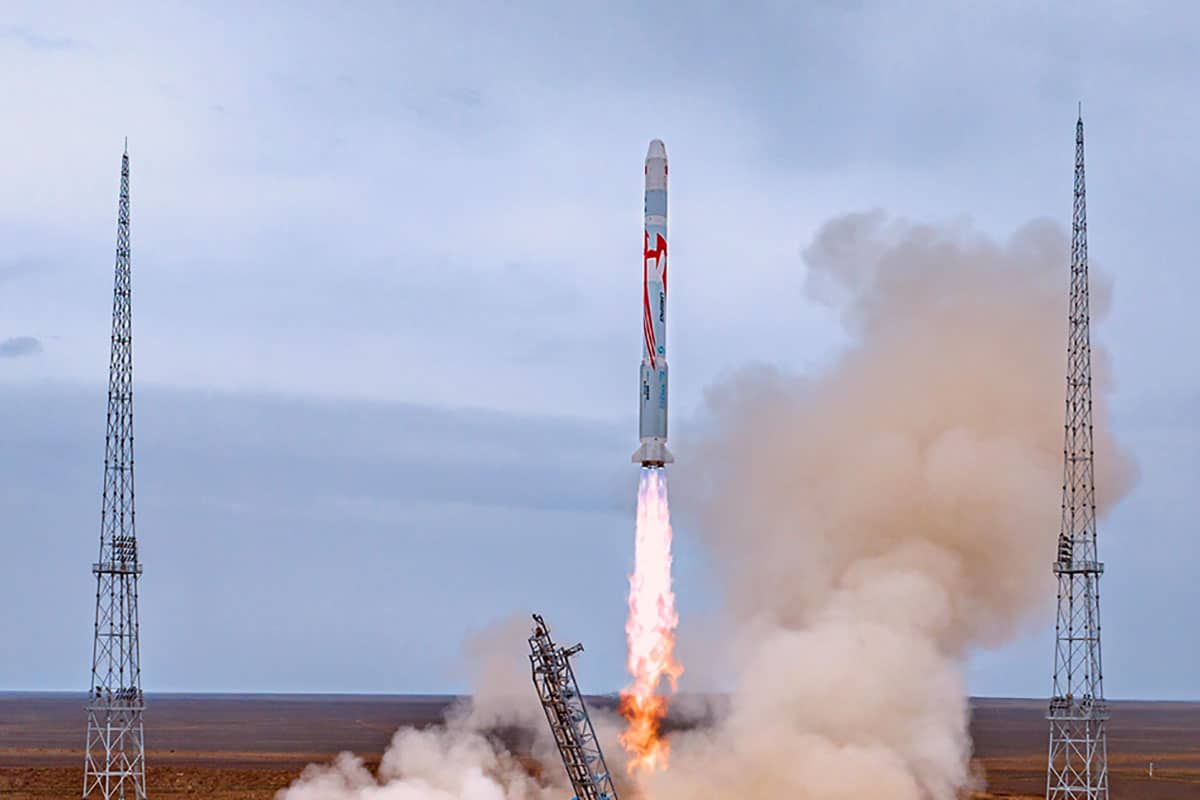
Context:
A private Chinese company launched the World’s first methane-fuelled space rocket into orbit named “Zhuque-2”.
Highlights of the News
The Zhuque-2 carrier rocket blasted off at 9:00A.M. (01:00 GMT) on 12th July from the Jiuquan Satellite Launch Centre in northwest China’s Inner Mongolia Autonomous region and completed the flight mission according to the procedure.
- China’s Zhuque-2 has become the World’s first methane propelled rocket to successfully fly into orbit.
- This was Landscape’s second attempt after a launch failed in December.
- This landmark achievement signifies a paradigm shift in the race towards cleaner, safe and reusable space travel technology.
- Zhuque-2 achieved the expected trajectory and completed its flight according to plan.
- The launch indicated significant progress in the development of the reusable rockets, as methane engines offers excellent performance with lower operational costs.
- Landscape also became the second private Chinese company to launch a liquid-propellant rocket.
About the Zhueque-2:
- The Zhuque-2 is a Chinese orbital class launching vehicle developed by Landscape.
- It is liquid-fuelled rocket powered by liquid oxygen and liquid methane (methalox).
- It is first methane-fuelled rocket to reach orbit.
- Zhuque-2 has a liftoff weight of 216 metric tons and uses 4 TQ-12 methalox engines in the first stage with a thrust of 67 metric tonnes.
- The second stage utilizes one optimized TQ-12 with a thrust of 80 metric tonnes in combination with an 8 metric tonnes thrust TQ-11 engine which acts as a vernier thruster.
- Zhuque-2 has a capability of lifting 6,000 kg of payload into a 200 km low Earth orbit and 4,000 kg of payload into a 500 km Sun-synchronous orbit.
- Zhuque-2 has also been launched on 14 December 2022 but it was a failure.
Process of launching of Zhueque-2:
One of the two planned rockets that will carry spacecraft will land on the moon’s surface and the other will transport the astronauts.
The twin-rocket plan would overcome China’s longstanding technological hurdle of developing a heavy-duty powerful enough to send both astronauts and a moon lander probe into space.
After Chinese astronauts have completed their scientific tasks and collected samples from the moon, the lander will transport the astronauts back to the orbiting spacecraft, on which they will return to Earth.



No comments:
Post a Comment